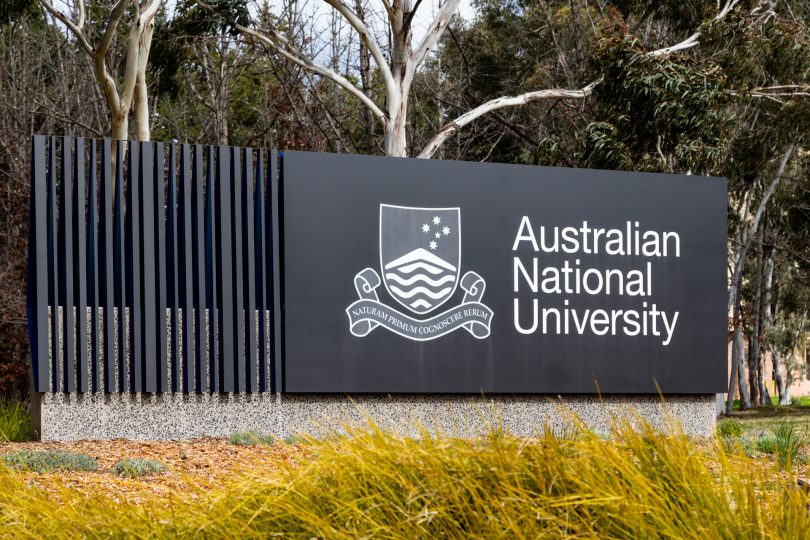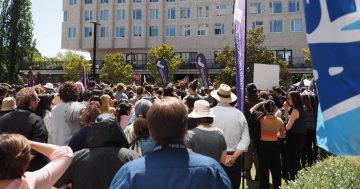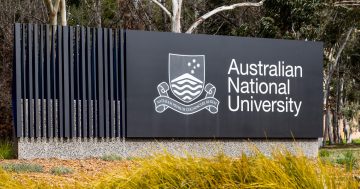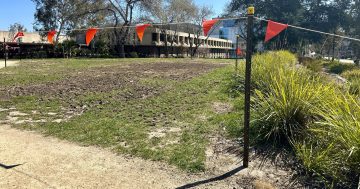
ANU’s restructuring programs have set it up for recovery, according to the University. Photo: Michelle Kroll.
The ANU’s pandemic induced belt-tightening appears to have paid off, posting better-than-expected financial results for 2021 to emerge back in the black.
But that will be short-lived as the University aims to restart hiring and get back to full business.
The pandemic caused a dramatic slump in international student enrolments and corresponding income, prompting the ANU to embark on a controversial restructuring and job-shedding program in 2020.
The expected operating deficit of $120.5 million has been turned around to become a $30.2 million operating surplus, and the University reported a net result overall of $232.4 million, a significant reversal of the previous year’s $17.7 million deficit.
But the ANU said this means it has less debt not more money.
Much of the work has been done by not filling positions ($45.9 million) and restrictions on fieldwork and travel due to COVID-19 ($53.3 million).
There was also better-than-budgeted income, including from student retention and research revenue from Federal Government grants and consultancies, totalling $51.5 million.
The University also cut its spending as a result of its restructuring programs including a decrease of $93.3 million for employee-related expenditure due to the annualised loss of 321 full-time employees and a fall of $48.9 million in voluntary separation expenses.
An ANU spokesperson said further restructuring was not anticipated.
“The University’s restructuring in 2020 and 2021 helped set ANU up for recovery,” the spokesperson said.
The spokesperson said that the net result included income from investments and insurance proceeds, which can’t be used for operating expenses.
Investment revenue amounted to $150.8 million, of which $86.5 million is unrealised gains.
$50 million of insurance payments will be used to remediate buildings damaged by the hail storm in 2020.
“Our insurance claims for the hail storm will continue to be paid out for several years, so we will continue to report those proceeds in our income statements,” the spokesperson said.
“However, those proceeds have to be spent directly on repairing the damage caused by the hail storm and cannot be spent on any other operational costs such as salaries.”
In 2021 the ANU received $71 million of additional Research Support Program funding from the Federal Government, incurring expenses last year and for this year.
It will not have this additional revenue this year but plans to fill vacant positions and resume fieldwork across Australia and the rest of the world.
“That means we expect to return operating deficits in 2022 and 2023,” the spokesperson said.
“Our financial plans indicate we will reach an operating break-even position in 2024 and a small surplus in 2025.”
The spokesperson said the past couple of years had been among the most challenging in the University’s 75-year history.
“Our community has made incredible sacrifices and worked extremely hard to help ANU recover from the impact of the COVID-19 pandemic,” the spokesperson said.
International students are returning to the ANU but the spokesperson said it was too early to talk about how many enrolments were expected and whether they would return to pre-COVID levels.
“Needless to say, ANU receives strong interest from both domestic and international students who know that when they study at ANU they receive a world-class education and qualification that sets them up for life. We always welcome interest from international and domestic students,” the spokesperson said.
The ANU also could not say how many positions it intended to fill this year.
“Our workforce includes positions that are dependent on contract funding and is variable. Therefore it is difficult to provide a specific number at this point in time,” the spokesperson said.
Based on the improved results the ANU expected to borrow less and later than planned.




















